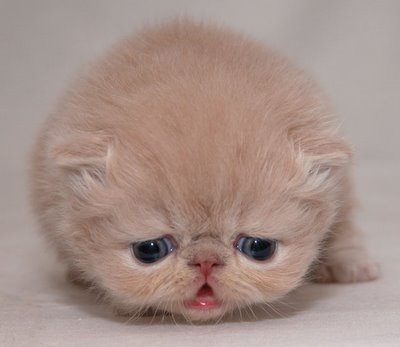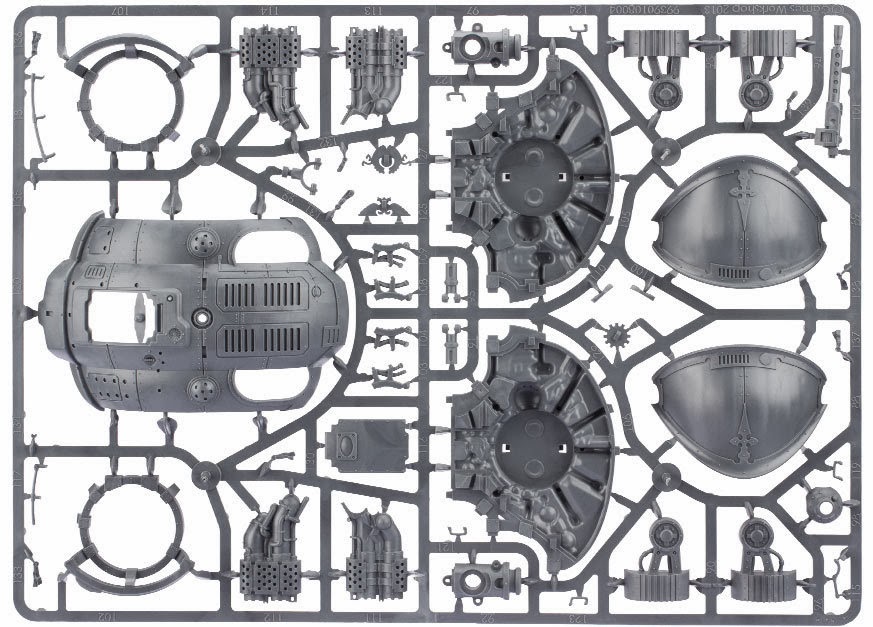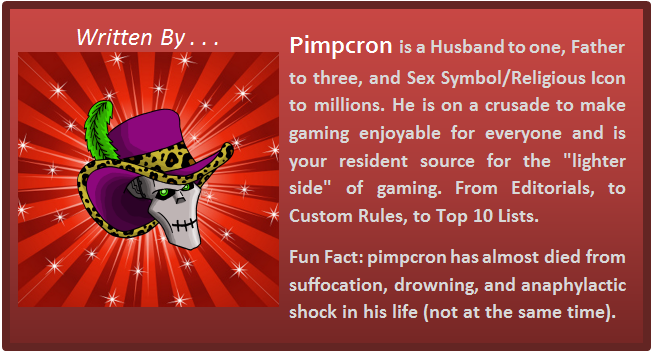Miniatures Games: A Bad Choice?


Pimpcron explains why miniatures games are difficult to make.
Hi ya people! (The salutation, not the karate exclamation) The walking, talking, bucket of opinions named Pimpcron is back this week with a thought on: how making miniatures games is a bad idea.
Of course if you’re reading this article on this site, you’re probably on my side when I say that I am eternally grateful for all of the miniatures games out there. Companies like Games Workshop, Privateer Press, Mantic, Spartan, Wyrd, Wizards of the Coast, and all of the others make great games that have soaked up huge amounts of our money, personal time, and imagination. Thanks to these games, we’ve made friends, had laughs, and escaped from everyday life for a while. It’s nearly magical that something in our world brings so many people so much joy.
But the problem with miniatures games, is that it’s pretty much the worst choice a game maker can pick when deciding what kind of game they are making.
Game Design is a Pain
Compared to card games, board games, word games, role playing games, and other types, miniatures games are way more complex to design. First of all you have the size issue, you have to decide how big your models are going to be because that effects many other things. Depending on the size of your models, your firing ranges, board size, and movement ranges will be greatly changed. While 10mm games kind of skirt this issue because they are so small, you’ll notice that games that use huge models for normal troops don’t usually stick around in the market. Nobody wants to see a giant six inch tall monster have a five-inch shooting attack and move two inches per turn. On second thought, that sounds hilarious. I would name him Daemon Prince Impotent and all of his weapons would be droopy. If he didn’t come with a disappointed-looking face I’d sculpt him one.
 I’ve decided: this MUST be what his face looks like
I’ve decided: this MUST be what his face looks like
So for each millimeter you choose to make your guys bigger, your game board has to be exponentially bigger to accommodate movement, ranges and everything else. If it didn’t, all units would deploy next to each other right off the bat. When your game board is bigger, you’re asking more out of your customers in the way of commitment. They need to have more space to store the crap you’re making them make or buy for your game, and they need more space to actually play it. This will cut some customers out right at the start when they hear what is required. I have friends right now that won’t commit to 40k because they don’t have the room for it. Plus, the bigger the models, the more they cost, which just makes a bigger hurdle for your customers to get into your game. So once you hedge your bets and try to find a balance between effective rules and the required size of the board, you have to put your money where your mouth is.
The Logistics of Manufacturing Suck
I have Kickstarted a handful of games in my time, as I’m sure most of you have. If you have followed the developers’ progress as they are going through the process, you probably already know that it’s a bitch. I mean, compared to card games or even board games, the sheer amount of start-up capital you need to make a game like this is why Kickstarter exists in the first place. So once you jump that hurdle and actually manage to have the cash to make the game, nine times out of ten you are dealing with China when it comes to manufacturing. And if you don’t get the “right” company to make your stuff, you’re in for a headache when it comes to quality. I’m not hating on the Chinese, but they tend to want to make your crap, give it to you and hope you don’t look through it before your check goes through. Like everyone, they want to put in as little effort as possible and then get a paycheck. You see employees like this everywhere you go in the world, and many companies act the same way.
If drug cartels have taught me anything, it’s that you always inspect the merchandise before the deal is final. And also, if anybody gets in your way you kill them; but that is a little less relevant to game manufacturing.
So as the game maker you have to pay for literally ten-of-thousands of models and parts, maybe even millions. Then you get your shipment and you spend the next month or months sifting through all of this crap and making sure they aren’t swiss cheese miniatures and you didn’t get screwed. How would you like to say this sentence?
“Okay, I just sifted through two-thousand left arms for Generic Soldier #4. We got off easy, I only found a hundred and seventy-three defective ones. I’ll just mark off this pile and have to send it back to the casters.”
Or what about this sentence?
“Okay, I’m on week three of sifting through this crap and have to return some defective ones from each pile, not to mention I have to file a request for more because two of my piles are off by twenty or thirty bits.”
Like being sedated by a doctor you don’t trust, the sheer nightmare of trying to make sure you don’t get screwed is very real.
 Pro Tip: If your doctor looks is this excited to put you under, call your lawyer when you wake up.
Pro Tip: If your doctor looks is this excited to put you under, call your lawyer when you wake up.
Meanwhile you’ve probably set a date of release for your product, and people are waiting on you to produce. As time goes by (if you didn’t get your money up front like via Kickstarter) you have a steadily cooling buzz over your product. If you take too long people will just move onto another game system and you’re left with all of this crap you can’t sell.
Miniatures Games Limit Their Own Market Share
Just by choosing a miniatures-based game as your format, you immediately limit your market share. They tend to need assembly and (optionally) painting which some people will balk at. They tend to be more expensive due to the number of parts, which some other people (who wouldn’t mind assembly/painting) will make a face at. Then there is the space required to play the game, which will cut some portion of your possible clientele out due to their lifestyle. Then there is the complexity that many miniatures games tend to have, which reduces your possible customers further. And what about the cost of terrain, a board, and army transports? As you list this stuff to the general populace, your percentage of general interest in your game would be steadily dropping.
Compared to miniatures games, making card games is child’s play. Low space required, lower cost, less likely for defects in manufacturing, cheaper shipping than metal or resin models, easy for customers to transport, no painting or assembly, and the list goes on.
Board games are a bit more involved to make and harder to sell than card games; but the space involved, overall cost, lack of assembly or painting required, among other things makes them an easier sell than miniatures games. And remember that all of these game companies are feeding from the same trough of potential customers. So while Magic: The Gathering, Munchkin, or Settlers of the Catan may not seem like direct competition for 40k or Malifaux, they have essentially the same customer base and they really are competing for your time and money.
Check out my article Warhammer: The Hobby That Hates You for a humorous look at our favorite type of game.
And all of these games obviously need a constant stream of sales to stay afloat. Speaking generally, miniatures games need constant new blood, because many of us only have one army. Once we have given them the required $2,000 or whatever for our complete army, we are more or less finished spending until they are forced to come out with a new book or model.
Meanwhile collectable trading card games live off of a larger player base made up of a steady stream of micro-transactions. Sales are going down a bit? Just make a new set with some sweet new rules and cards in it, no molds to make, no CAD drawings needed, no real manufacturing outside of printing cards, and watch the micro-transactions start flowing in again. Of course Magic probably spends a decent amount on artwork for each new set, but I’m positive it isn’t a drop in the hat compared to the tidal wave of new money flowing in when the new set debuts.
So in summary, we like to complain and moan about the costs of our favorite miniatures games, but they are fighting an up-hill battle when it comes to keeping their income stream alive. They depend on new players constantly coming in, and attracting new players is probably the hardest thing to do.
So do you have any sympathy at all for our plastic-crack overlords? Or am I just an evil sympathizer?
Want to witness my slow descent into madness first-hand? Check out my blog at www.diceforthedicegod.com




